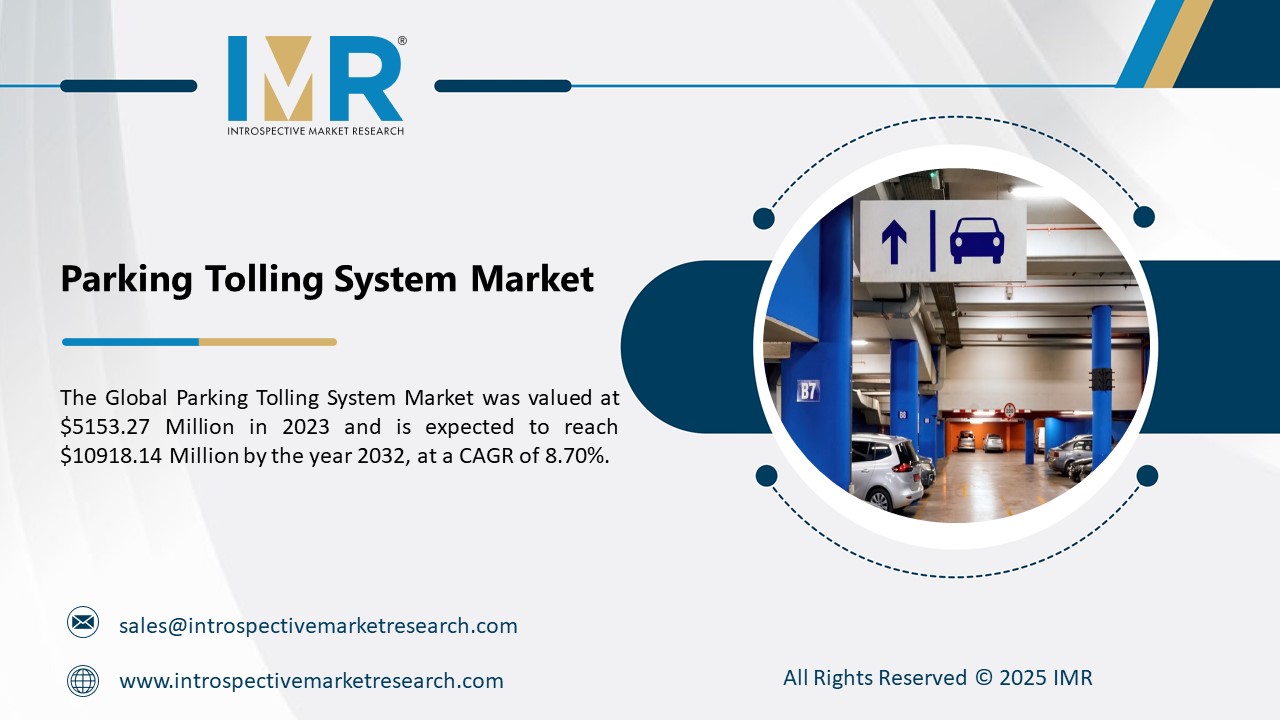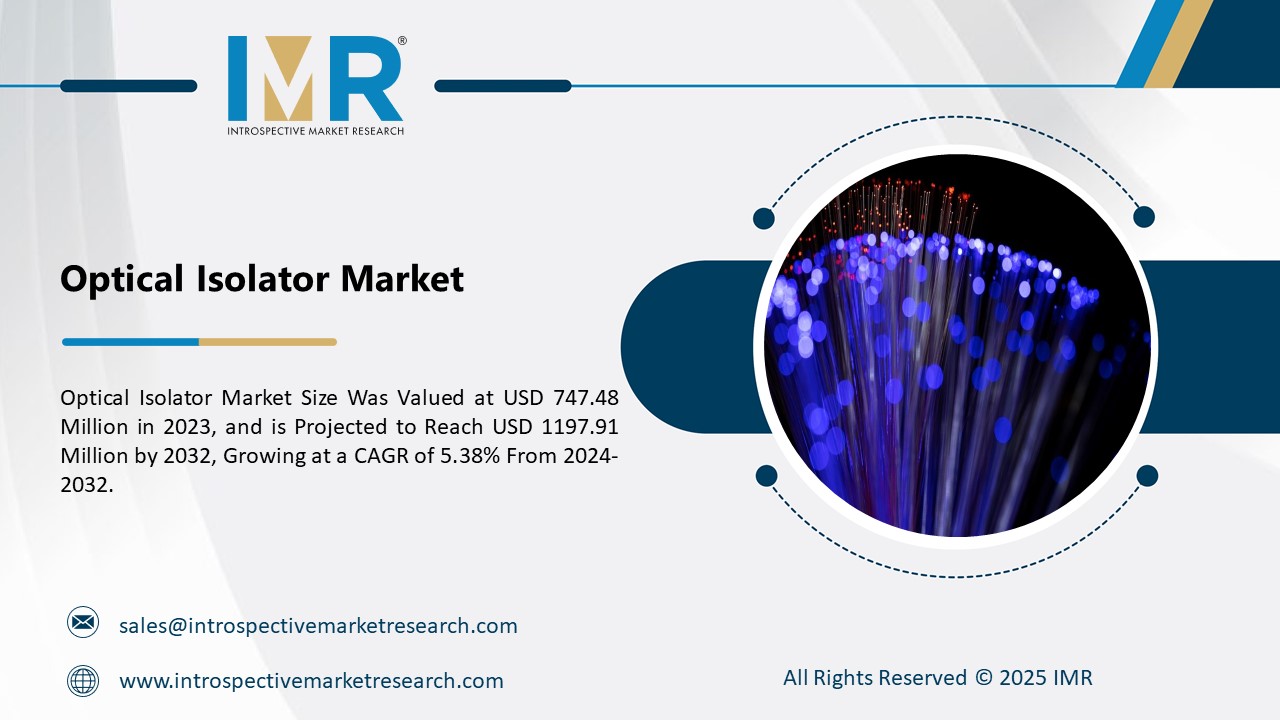
According to a new report published by Introspective Market Research, titled, “Wine Packaging Market by Material, Packaging Type, Distribution Channel: Global Opportunity Analysis and Industry Forecast, 2024–2032,” The Global Wine Packaging market size was valued at $ 3.3 billion in 2023, and is projected to reach $ 4.85 billion by 2032, registering a CAGR of 4.6% from 2024 to 2032.
Wine packaging refers to the materials and containers used to package and present wine products involving the selection of appropriate packaging materials, designs, and formats that ensure the preservation, safety, and visual appeal of the wine during transportation, storage, and display. The packaging should maintain the wine's freshness, flavour, aroma, and overall quality over time.
The market expansion has been fuelled by the rising popularity of premium wines among consumers of different age groups. Wine packaging is designed with eye-catching labels, unique bottle shapes, and premium packaging materials to attract consumers in retail settings. It ensures the safe and secure transportation of wine bottles and prevents breakage and preserves the integrity of the wine during transit. Packaging influences the consumers' perception of the wine's value with high-quality packaging materials and elegant designs.
Premium wines are often associated with higher quality, exquisite taste, and enhanced drinking experiences which often require specialized packaging such as gift boxes, wooden crates, or individual packaging for limited edition or collector's items. These are typically packaged in bottles made from high-quality glass, which showcases the wine's colour and clarity with a sense of elegance and tradition. The choice of glass, along with its shape, colour, and thickness, can convey a sense of prestige. The market for innovative and aesthetically pleasing wine packaging continues to dominate as the demand for premium wines grows.
The trend towards sustainable wine packaging presents an opportunity for the wine packaging market with a growing demand for eco-friendly products. Sustainable wine packaging aims to reduce waste at every stage of the supply chain and with lightweight designs helps to reduce transport emissions. Biodegradable packaging options include plant-based plastics derived from renewable resources such as corn or sugarcane. Compostable packaging by composting contributes to nutrient-rich compost that can be used for agriculture. The shift toward sustainability not only benefits the environment but also provides a competitive advantage and opens new market possibilities for wine brands and packaging manufacturers.
Global Wine Packaging Market, Segmentation
The Wine Packaging market is segmented based on Material, Packaging Type, Distribution Channel, and region.
Material:
Glass packaging is often associated with high-quality wines, luxury, and elegance and with a transparent nature to allow consumers to appreciate the colour and clarity of the wine. Glass has the ability to preserve the quality and taste of the wine. Also, it provides an excellent barrier against oxygen and moisture, which can have a detrimental impact on the wine's flavour and shelf life.
Glass is a highly recyclable material which can be recycled indefinitely without losing its quality or purity. The recyclability of glass aligns with the growing consumer preference for sustainable packaging options. Its unique properties, premium image, recyclability, branding opportunities, and long-established tradition make glass the preferred material for preserving and presenting wine
Packaging Type:
The bottles are impermeable, which means they do not allow air or moisture to pass through, protecting the wine from oxidation and reducing the chances of spoilage. It is considered the traditional packaging type. Bottles provide ample surface area for labelling allowing wineries to customize each bottle's design, shape, and colour. Additionally, bottles have an elegant and premium image that aligns with the brand identity of many vineyards.
This cultural attachment to wine bottles such as the ritual of uncorking a bottle, presenting and sharing it during meals or social gatherings, and gifting wine bottles contributes to their continued prominence in the market. Wine bottles are well-suited for wines that require ageing and or long-term storage as it provide a stable environment.
Region:
With more consumers appreciating wine and seeking diverse wine experiences with an increase in wine consumption the demand for wine packaging is expected to rise. North America, particularly the United States and Canada, has witnessed a rise in domestic wine production resulting in an increased need for wine packaging solutions to cater to the expanding market. North American consumers are willing to pay more on high-quality, premium wines, creating a demand for packaging. North America has well-established distribution channels for wine, including retail stores, e-commerce platforms, and restaurants which require reliable and visually appealing packaging to attract consumers and protect the wine during transportation and storage.
Some of The Active Market Players Are-
- Berlin Packaging
- All American Containers
- Brick Packaging LLC.
- Avery Dennison Corporation
- Sambucks Co. Ltd.
- Scholle IPN
- Dongguan Huacheng Can Co. Ltd.
- Amcor Ltd.
- Golden State Box Factory
- Guala Closures Group
- Ardagh Group
- Ball Corporation
- Encore Glass
- G3 Enterprises
- Owens-Illinois Group and Other Active Players.
Key Industry Developments
- In March 2024, Aldi, the UK’s first supermarket-owned wine brand launched their wine with 94% recycled paper board packaging which is manufactured by sustainable packaging firm Frugalpac. The cardboard is fully recyclable and five times lighter than standard glass bottles.
- In 2024, Diageo Global Travel is launching Baileys in an aluminium bottle, bringing international travellers the product in a lightweight bottle. Baileys has certified B Corp status and this new format is the latest in its sustainable journey, a bottle made from aluminium rather than glass, making the bottle five times lighter than traditional 70cl Baileys bottles.
Key Findings of the Study
- Global Wine Packaging market growth driven by urbanization, change in consumer preferences and increasing consumption of premium wine.
- Sustainable wine packaging helps to reduce carbon footprints and attract environment-conscious consumers.
- Glass is most preferred for wine packaging due to its abilities to preserve the quality and taste of the wine, provide an excellent barrier against oxygen and moisture, and protect the wine from exposure to light.
- North America has witnessed a trend toward premiumization in the wine market where consumers are willing to spend more on high-quality, premium wines.







